 The BMW 7 Series is, quietly, a landmark car for the Munich brand. It subtly delivers a step-change in technology, design and sophistication. The future 3 Series will be influenced by this, a beneficiary of its tech – indeed, even built on the all-new architecture beneath its lines. That’s why we shouldn’t overlook it.
The BMW 7 Series is, quietly, a landmark car for the Munich brand. It subtly delivers a step-change in technology, design and sophistication. The future 3 Series will be influenced by this, a beneficiary of its tech – indeed, even built on the all-new architecture beneath its lines. That’s why we shouldn’t overlook it.
Particularly as BMW is, like Mercedes-Benz, investigating new ways of powering it. Almost every 7 Series sold in the UK has a 3.0-litre turbodiesel engine. But these days, diesel is seen as dirty (thanks Volkswagen), so alternatives are being sought. Here, we’re testing one of them in the UK: a petrol-electric 7 Series.
You’d never know it, but beneath the bonnet sits a 2.0-litre four-cylinder petrol engine related to the one in the Mini Cooper S. Plus an electric motor like the one in the BMW i3. That gives this 740Le xDrive the performance to beat a 340i. We headed to the suitably ultra-exclusive Soho Farmhouse to try it out.
Prices and deals
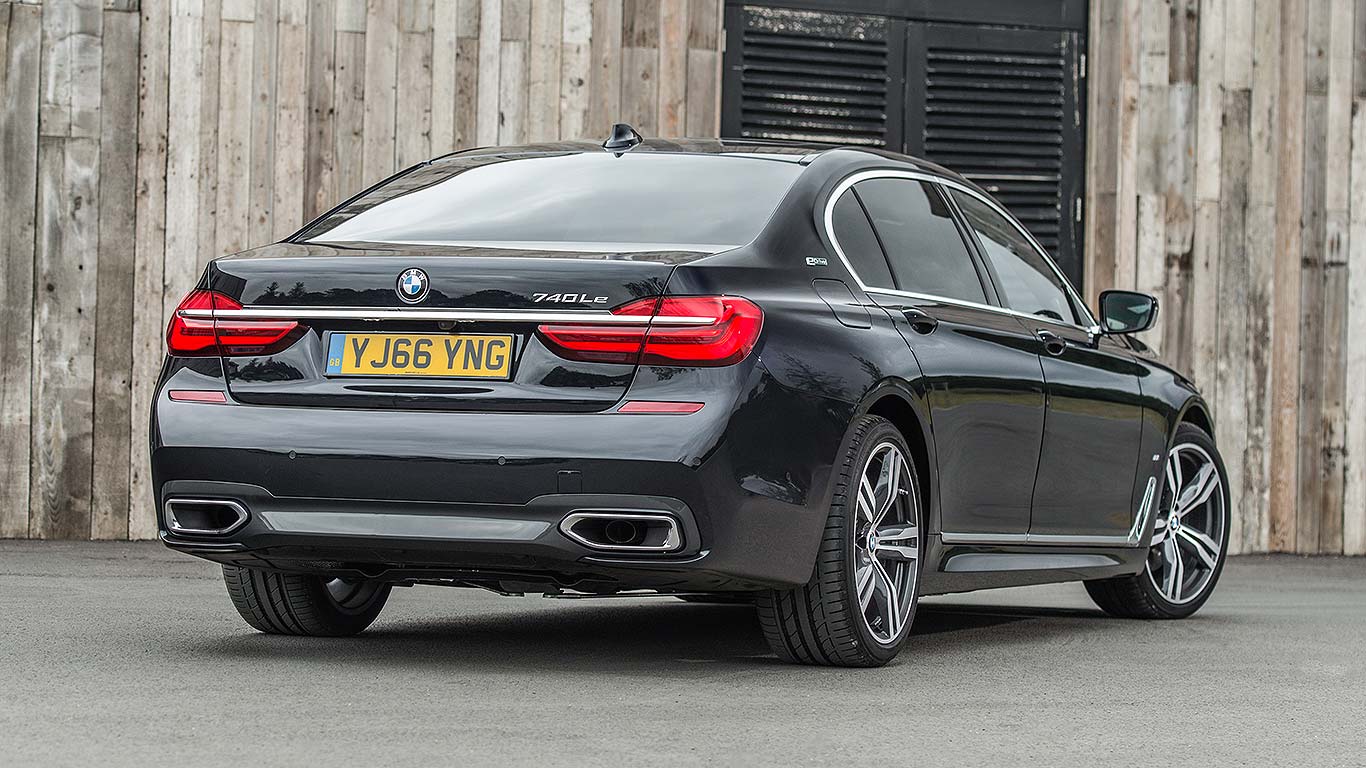
You can buy a basic (we admit that term is relative) BMW 730d diesel for £63,530. An entry-level 740e is £68,330, so just under £5k more. Prefer long wheelbase and all-wheel drive? You can’t actually get a 730Ld xDrive, but you can get a 740Ld xDrive… which is actually a few pounds MORE than the 740Le xDrive driven here.
Basically, it’s a plug-in hybrid car that doesn’t cost the Earth, even if you can’t get any money back under the Plug-in Car Grant because the price is above the £60,000 threshold (even if CO2 emissions are still below the 75g/km cut-off). You won’t be getting much in the way of deals yet, either. Demand for other plug-in hybrid BMWs far exceeds supply: this will be niche, but BMW will have no problem selling them.
What are its rivals?
Hybrid luxury cars are few in number, but they are out there. The most obvious rival is the Mercedes-Benz S-Class, which offers a number of hybrid drivetrains, both hybrid and plug-in hybrid, petrol and diesel. There’s an S 300 CDI Hybrid diesel, S 400 L Hybrid petrol and S 500 L PHEV.
Every one of them makes the thirsty Lexus LS 600h look archaic. And the Lexus, in turn, makes the hybrid-free Audi A8 look surprisingly low-tech for the brand of Vorsprung durch Technik. Jaguar doesn’t have a hybrid XJ either, leaving the futuristic Tesla Model S as the proper boundary-pusher in this sector.
What engine does it use?
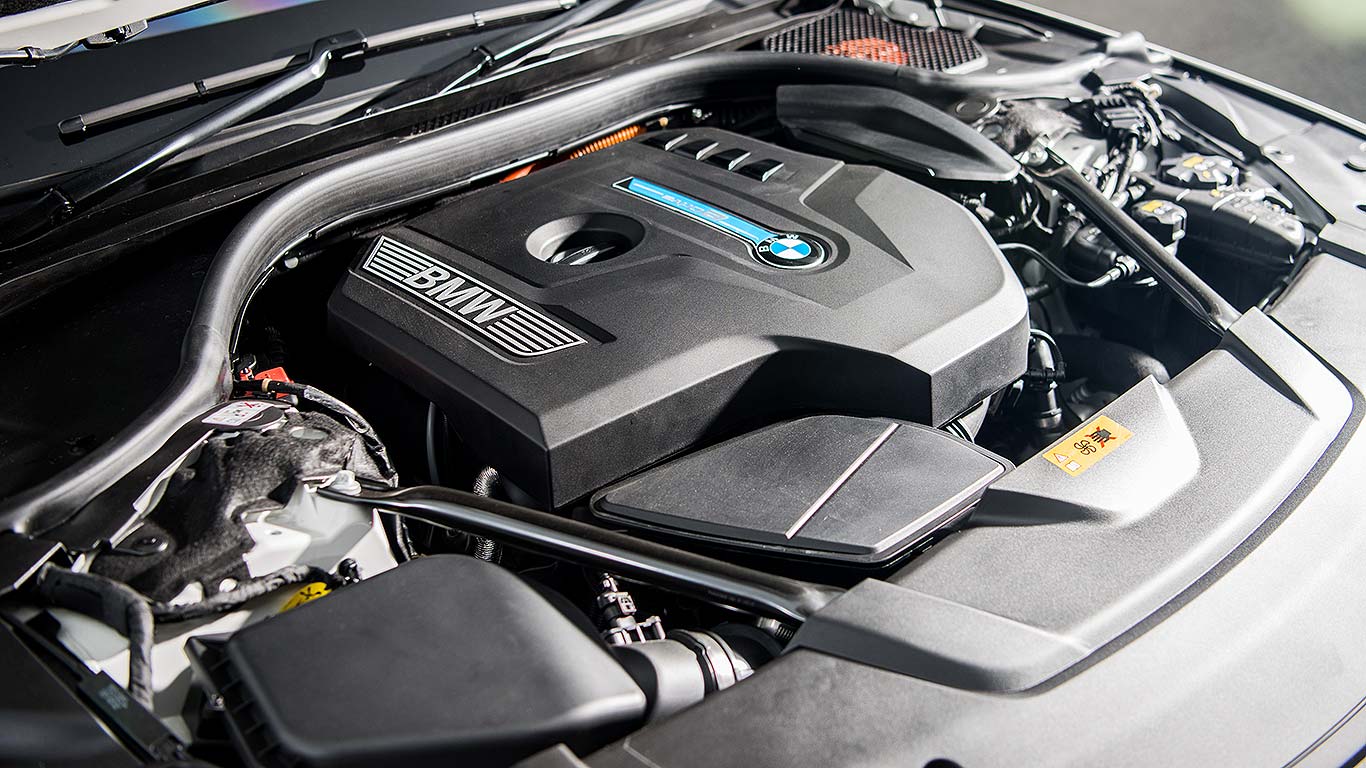
The 2.0-litre twin-turbo of the 740Le xDrive produces a healthy 265hp. The electric motor adds 111hp more. Total system output is thus 322hp, and 369lb ft of torque.
The engine is one of BMW’s modular TwinPower Turbo motors, used across the BMW and MINI range. As mentioned, a version is in the MINI Cooper S, and you’ll also find it in the 3 Series, X1, 2 Series Active Tourer and the new 5 Series.
How fast?
It’s a green BMW 7 Series, but it’s also a fast one. The 0-62mph dash takes just 5.3 seconds: faster than a six-cylinder quasi-M3 BMW 340i. Pay scant regard to the fuel efficiency that so preoccupied BMW engineers and only an electronic limiter halts it at 155mph.
It’s even fast in pure electric mode, which you can set as the default in the Max eDrive setting. Here, it’s not quite a Tesla-beater, but it will still do 87mph, so you can hurtle up the M40 in the fast lane with zero emissions (at least until the batteries run flat).
Is it comfortable?
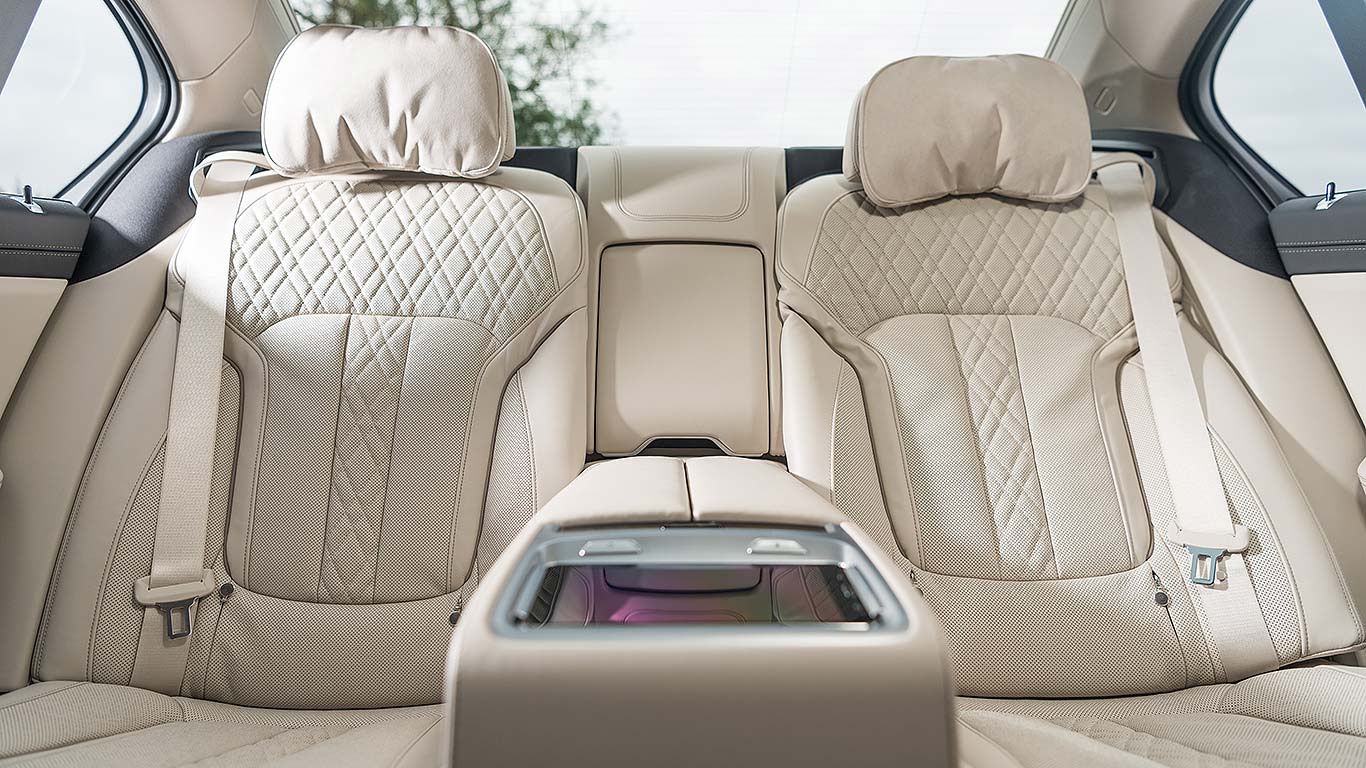
It’s divinely comfortable. Previous 7 Series have always been a bit on the sporty side, proving slightly too lumpy compared to an S-Class. Not this. Plush, pliant air-cushioned suspension at last delivers a genuine luxury-car ride, with wafting, floating, glide-along finesse that’s extremely feel-good.
What it still has is the fine control on challenging roads that so characterises BMWs. Some luxury cars will roll around and float queasily when roads get undulating. But the latest 7 maintains its poise even as you hustle this two-tonne car like a hot hatch. Impressive.
Will I enjoy driving it?
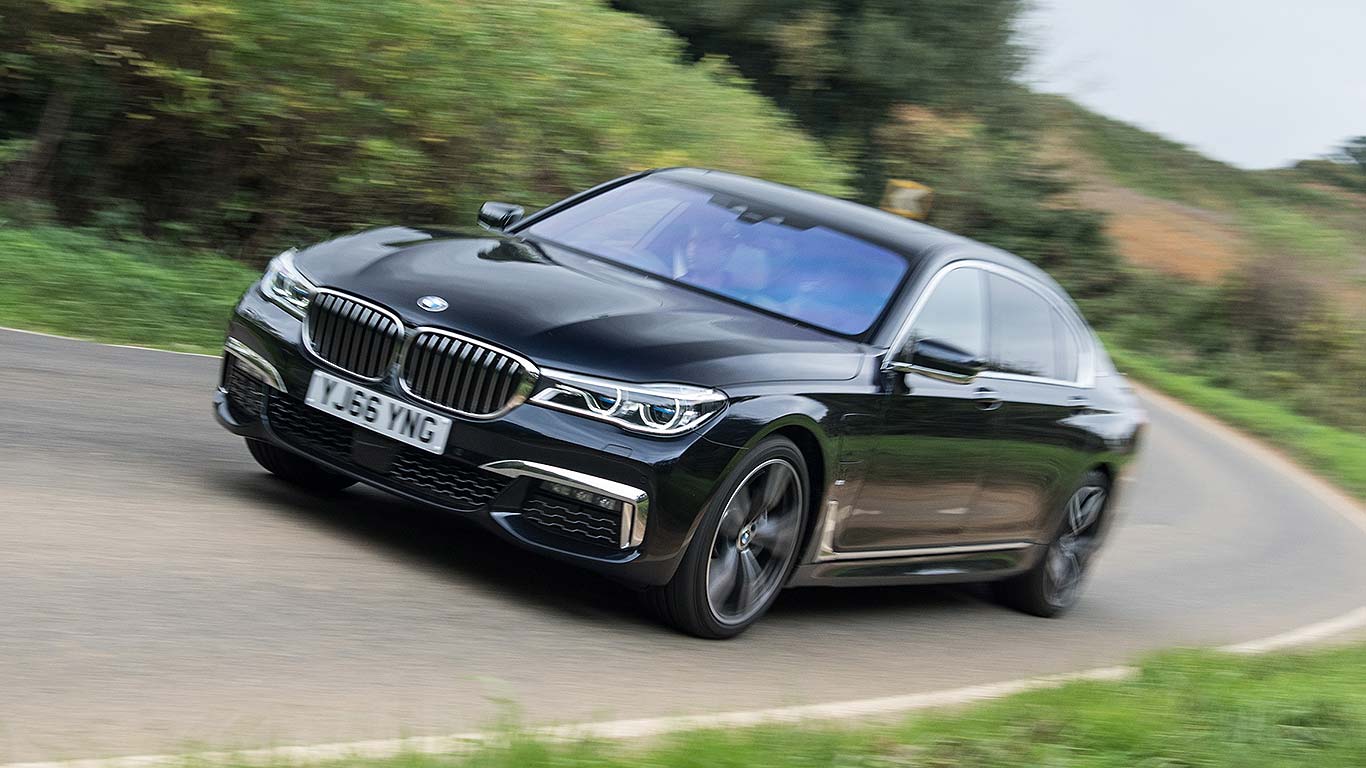
It’s this dual-drive ability that makes it rather good fun. Again, with some luxury cars, the driving experience is all a bit vague. Steering is disconnected, you feel spongy squidge in the suspension rather than direct response to your inputs, and it all seems to encourage economy of movement so you don’t risk unsetting it too much. Maybe this is why chauffeurs are so considered: the cars can’t cope with anything more energetic.
In the 740Le, they can release much more of their inner Ken Block. It will respond and react to the steering, and will adjust its line mid-corner. You can feel the impressive grip from the chassis – and the combination of turbo petrol power and serious electric surge is very amusing.
Fuel economy and running costs
The trip computer of our test car, freshly delivered from London, showed 35mpg. That’s some way shy of 100mpg, isn’t it? Why, yes. Although earlier in the journey, it was using not a drop of fuel at all, leaving London’s air as dubiously fresh as it was before.
It’s a car that will help urban dwellers save money, because they’ll be able to drive for pounds on EV power, rather than tens of pounds on petrol. That’s where the big savings in running costs will come: otherwise, expect something similar to the regular 7. However, the jury’s out on whether this will depreciate more or less than a normal diesel one.
What’s the interior like?
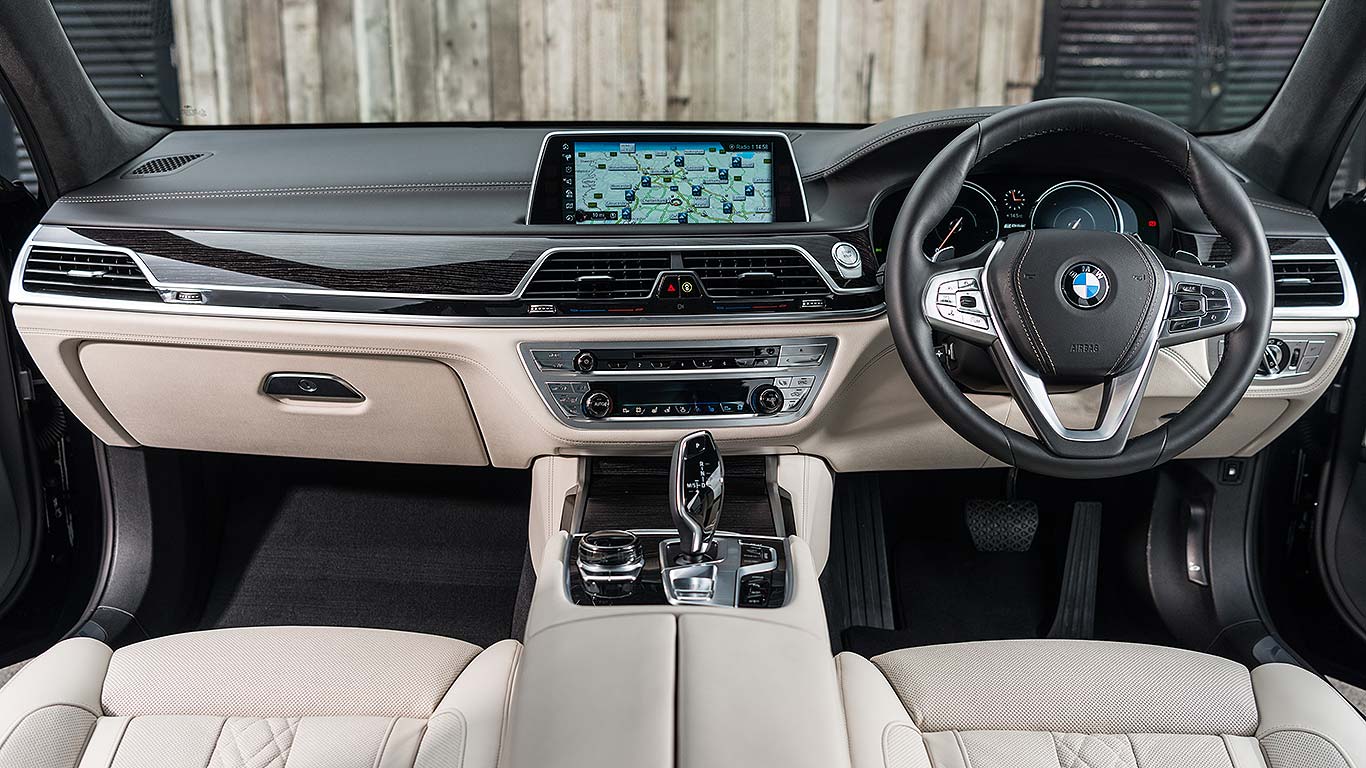
The interior of the latest 7 Series is beautiful. It’s a notable step-up in effort from BMW. Quality is exemplary and it finally feels the ultra-special, bespoke-built equal of an S-Class. Rear space is vast and passengers feel a million dollars, with massage seats here, dual screens there and even an in-built tablet computer.
Is it refined? Exceedingly so in electric drive, far more so than the diesel. You won’t necessarily hear the petrol engine start up, but you will hear it drone if you ask for max power. It lacks the creaminess of a six-cylinder engine, although it does clatter less. Importantly, though, you rarely need to stretch it so hard, so it’s not as annoying as you think it will be the first time you floor it. Instead, enjoy the extra refinement it delivers when you’re not wringing its neck.
Is it practical?
It’s a very big car, you’ll judge, when you come to park it. More than 5.2 metres long, and 1.9 metres wide. As explained, it’s big and practical for passengers, too. You can even get an option pack that reclines the rear seat like a posh aircraft pew, sliding the front seat out of the way to give you cruise-liner legroom.
The only downside is the boot, which is 90 litres shy of the regular 7 Series. That’s because the lithium ion batteries need somewhere to go. It’s still 430 litres, but it’s now small enough to have airport chauffeurs wondering how to tell their posh customers they need to put that last suitcase on the back seat next to them.
Tell me about the tech
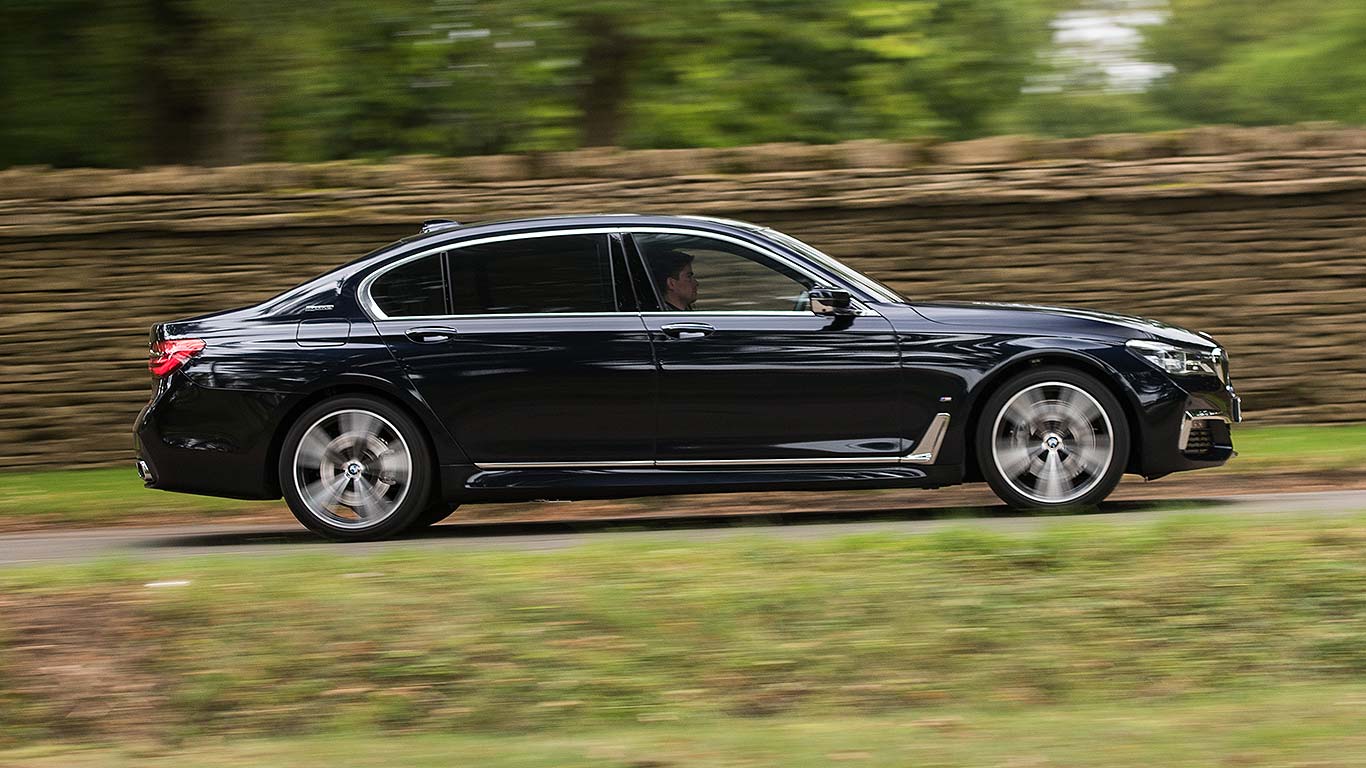
We don’t know where to start here. The 7 Series is packed with it, from its carbonfibre core to its BMW i3-inspired electric motor and hybrid drivetrain. You have gesture control inside, a touchscreen key to control it from the outside, an app so you can monitor it from your smartphone and even a gadget that lets you drive it into your garage from outside the car.
The petrol-electric hybrid gear is imperceptibly integrated. It even uses the same eight-speed automatic gearbox. The only low-tech thing we noticed was the noise of the starter motor each time the engine kicked in, even on the move. And the slight delay while it whirred. Time it wrong and, out of a junction, you’ll get nothing, then a whirr, then an almighty kick up the back. Bang goes the tip from the customer you’re chauffeuring.
What about safety?
There’s the usual array of active safety tech on the 7 Series, plus a brace of gadgets that keep an eye on the road for when you’re distracted.
You can also choose Active Driving Assistant Plus, which gives an element of self-steering and self-driving at speed. It only lets you take your hands off the wheel for a couple of seconds before nagging you to put them back on, then disabling if you don’t, but it is still sufficiently self-driving to let you concentrate on booking your next job.
Which version should I go for?
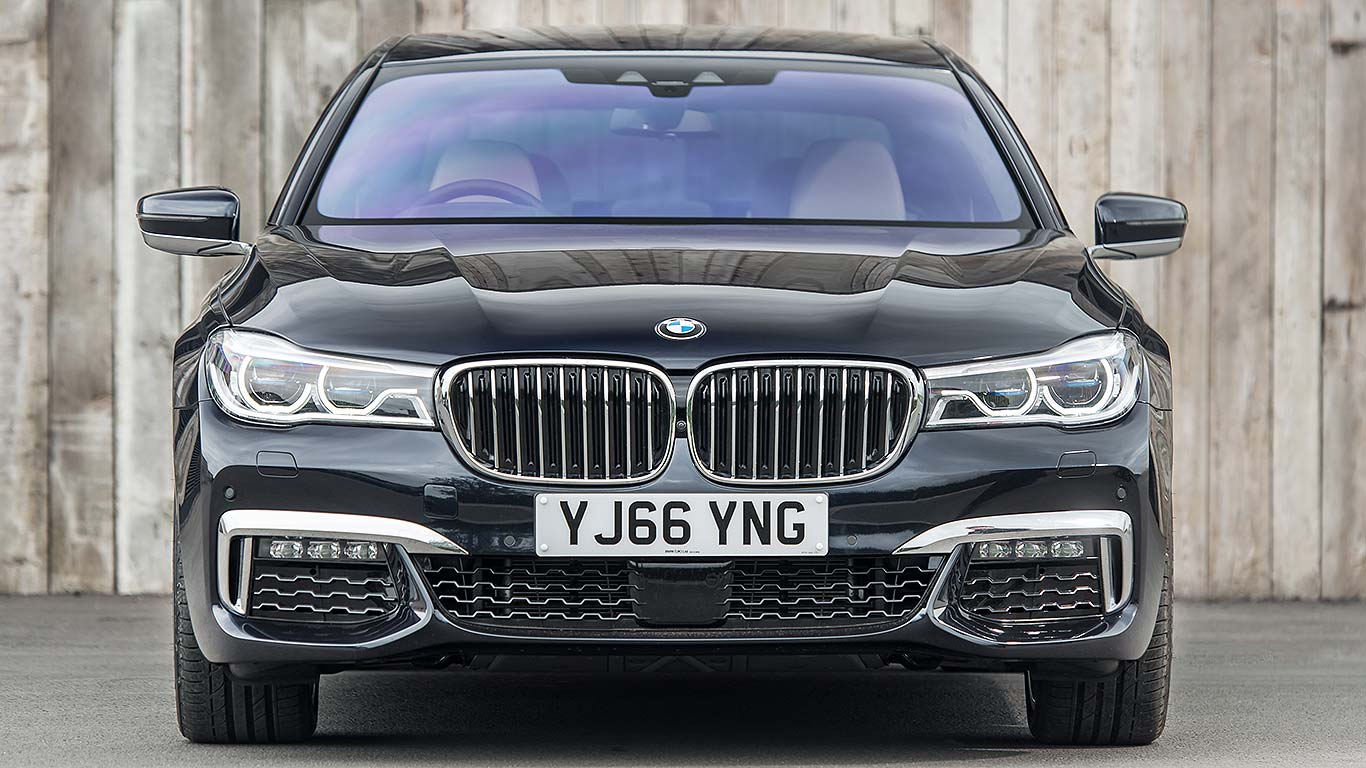
There are two versions of plug-in hybrid 7 Series: the regular-wheelbase 740e, which drives the rear wheels, and the long-wheelbase 740Ld Xdrive, which is all-wheel drive.
Price-wise, the hybrids sit above the standard 730d. As their name suggests, they’re comparable to the higher-power 3.0-litre turbodiesel in the 740d, so closely match that car on price.
What’s the used alternative?
If you like plug-in hybrid luxury cars, you’re out of luck. This is the first plug-in 7 Series BMW has sold, and Mercedes’ alternatives are relatively new as well.
You could get one of the old hybrid 5 Series, but that’s not very good, so we wouldn’t bother. Perhaps you could look at a secondhand Tesla Model S instead? With the money you save, you could take advantage of 7 Series depreciation and get a five-year old car for longer trips.
Should I buy one?
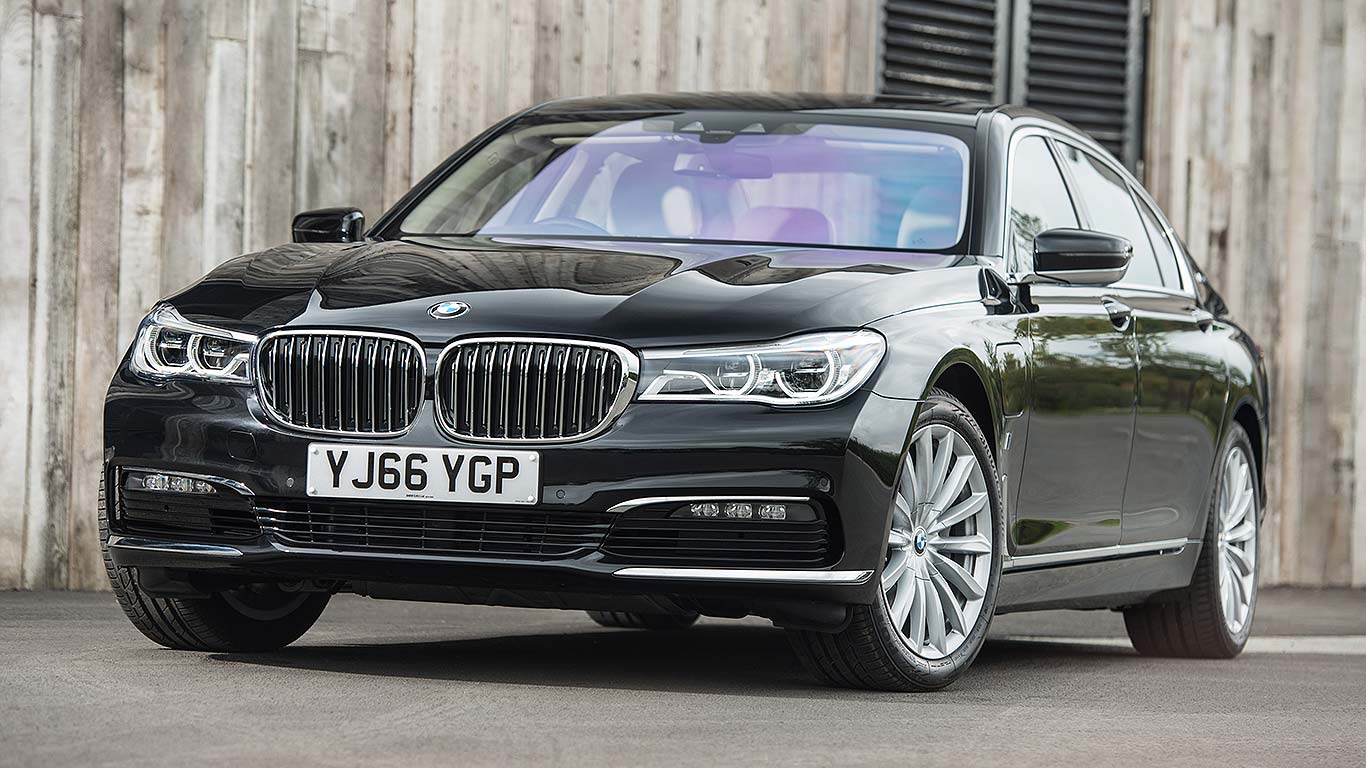
It’s an easy decision. Need a luxury car? The new 7 Series is a top choice, alongside the Mercedes-Benz S-Class. Do lots of miles across continents, or regularly take people up and down the motorway to the airport? Stick with diesel, either a 730d or 740d. That’s what BMW expects most customers will do.
But if you work in the city and have regular access to charge points, or simply want a zero-emissions flag-waver that would future-proof you against the anti-diesel legislation so many reckon will come to places like London in the future, buy a 740Le xDrive with relish. As plug-in hybrid cars with extended ranges go, it’s one of the best. Just don’t try to make it do something other models in the range are better suited to.
Pub fact
BMW is almost reluctant to tell us this car officially claims to do over 100mpg. Because that’s on the flawed European NEDC test cycle, one that starts off with full batteries and only sees the engine kick in for a small proportion of the drive. In reality, admits BMW, it’s… complicated.
Charge it and do no more than 20-odd miles, and you’ll do infinite mpg. Don’t charge it and stonk it up the motorway, and you’ll barely get 35mpg. Indeed, use the motorway often and you’ll be better off with the diesel. That’s why BMW expects this to be a niche car. But for those select few to whom its characteristics are well suited, it’s going to be brilliant.